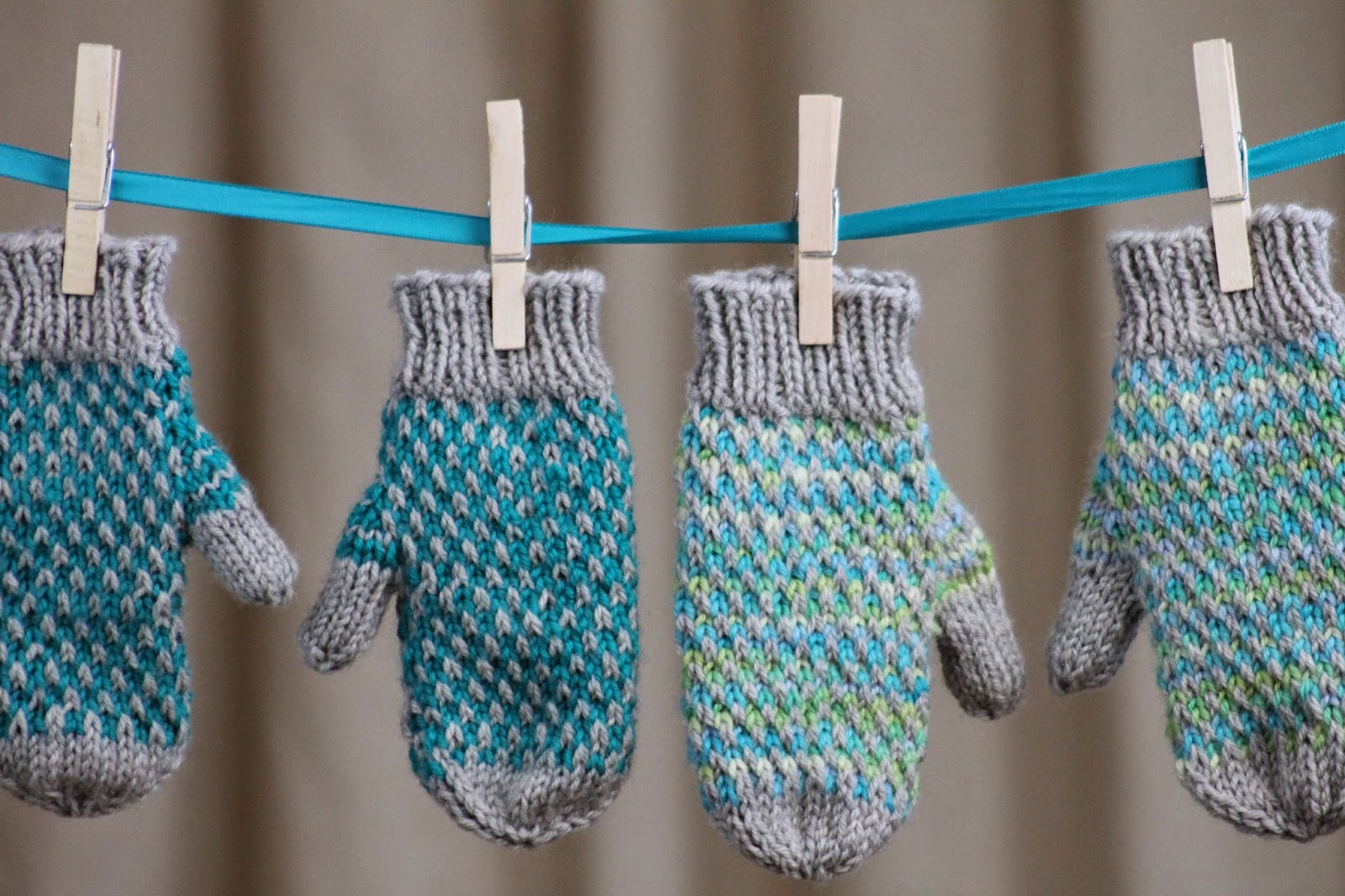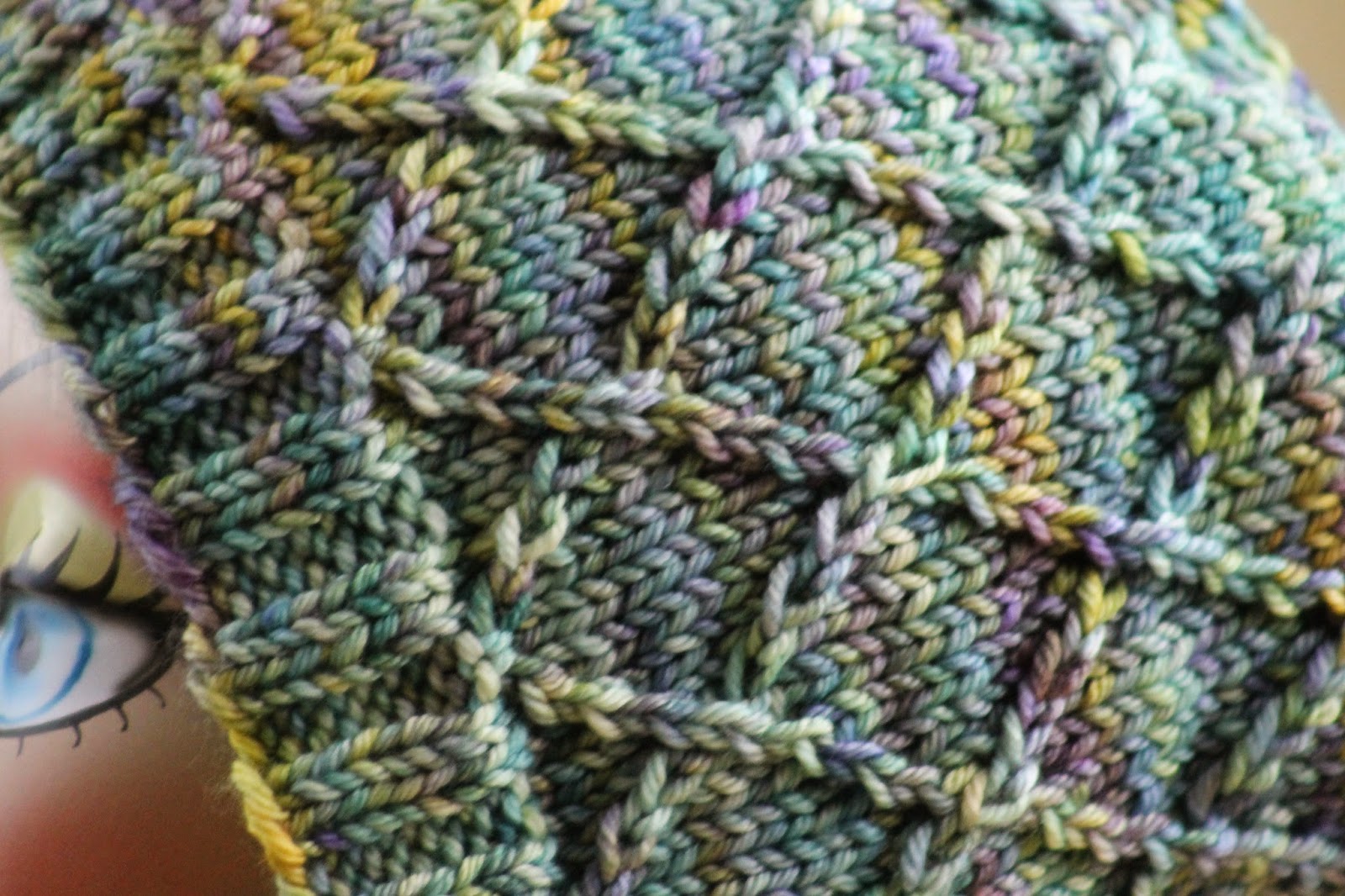 |
| Honey Cowl |
I know summer hasn't even technically begun yet, but I figure there are at least a few of you who are already planning for fall. With that in mind, the Honey Cowl is made from a worsted-weight cotton-mix yarn and worked on large needles to give it a little bit more of a relaxed appearance. And while it might be difficult to tell from the pictures, the basketweave pattern that I've chosen for the main design is also a mesh, which gives this design a very unique look. Long story short, this cuddly cowl is perfect for the shoulder seasons, and would work well in most cotton- or acrylic-based worsted weight yarns!
Yarn: Berroco Remix (30% Nylon, 27% Cotton, 24% Acrylic, 10% Silk, 9% Linen; 216 yards [200 meters]/100 grams); #3953 Burnt Orange - one skein
 |
| A closeup of the basketweave. Plus some really terrible lighting. Apologies. |
Notions: Tapestry needle
Gauge: 17 stitches = 4 inches on size 8 needles
So let's get started! First, then, cast on 119 stitches, place marker, and join in round. Then, we'll knit a marker placement/set-up row, as follows:
Marker Placement Row: p16, place marker, p1, k8, p1, place marker, p67, place marker, p1, k8, p1, place marker, purl until end of round
And now, we'll begin incorporating our main pattern, which is Open Basketweave Mesh from page 252 of Barbara G. Walker's Charted Knitting Designs: A Third Treasury of Knitting Patterns, a cable, and some decreases. Oh, and we'll need the following notation:
rt (right twist): knit two together, leaving stitches on left-hand needle; next, insert right-hand needle from the front between the two stitches just knitted together, and knit the first stitch again. Finally, slip both stitches from left-hand needle together
lt (left twist): with right-hand needle behind left-hand needle, skip one stitch and knit the second stitch in back loop; then insert right-hand needle into the backs of both stitches and k2tog-b (knit two together through back loops, inserting right needle from the right)
bc (back cross): slip next 2 stitches to cn and hold in back, k2, k2 from cn
fc (front cross): slip next 2 stitch to cn and hold in front, k2, k2 from cn
And now that that's out of the way, let's proceed as follows:






































